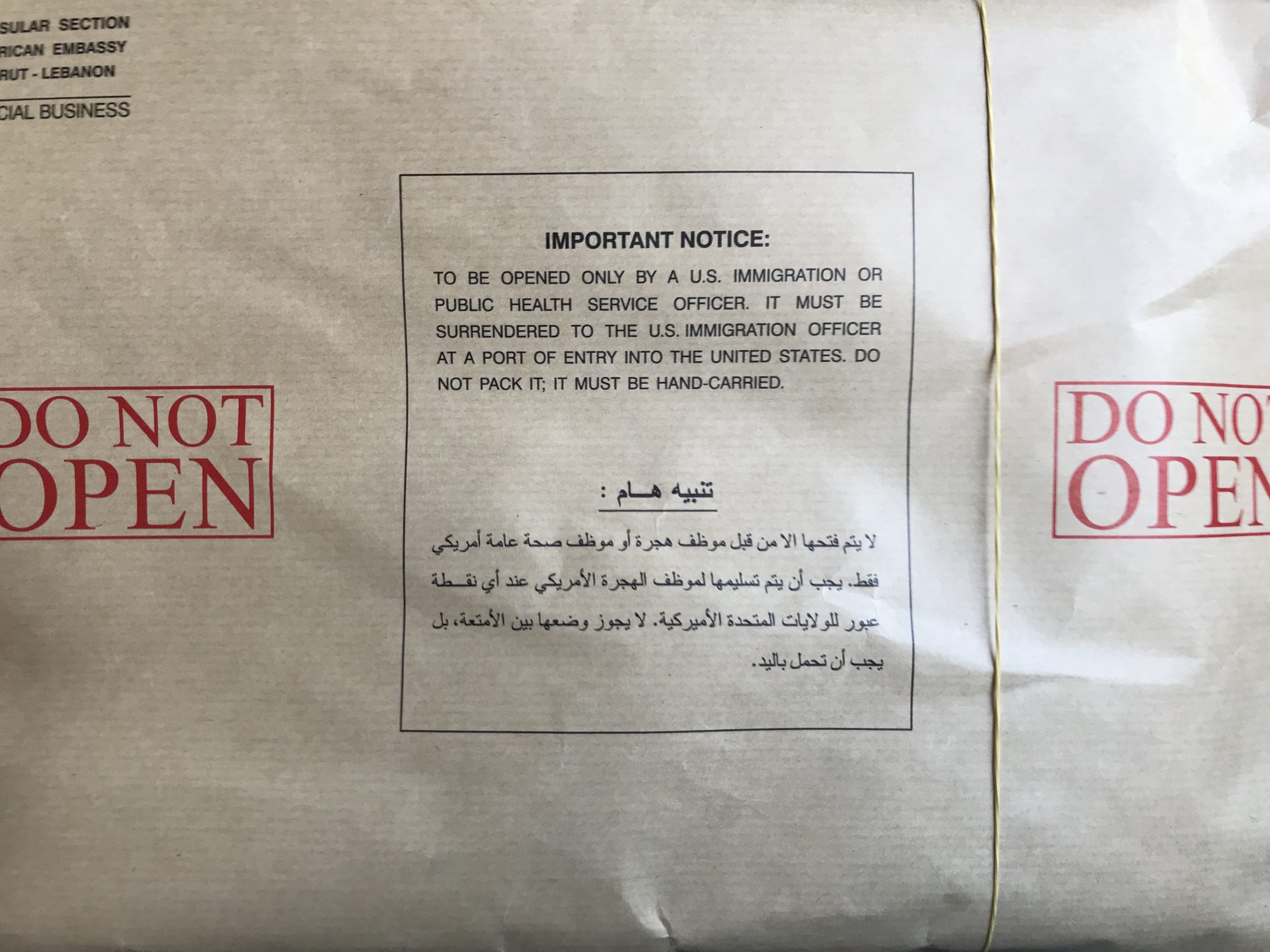Taking photos with someone else is an interesting way of looking at things differently. You’ll probably notice the same things, but you may not; you’ll pause to listen in one spot while the other is talking and vice versa; you’ll use these stops to compose or capture, or you may just peer through the viewfinder, too engrossed in the conversation. You’ll probably start off talking about what you’re seeing, but it’s more than likely that you’ll end up somewhere else entirely.
Looking back at these, I’m struck by how most are imprinted with a memory of something said or remembered, like a layer of invisible film on the surface of the scene. That happens all the time, but perhaps more so in a “non-place” like a port or station, where the passage is the destination.
It reminds me of an ethnographic method called “photo-elicitation.” The idea behind it is that talking through and with images will open up avenues of inquiry that a traditional interview cannot or won’t with as much ease or authenticity.
Visual elicitation, or even just the act of walking and talking itself (a research method called “shadowing”) are ways to activate nonlinear pathways of inquiry that are more affective and experiential; less “what I want to say,” and more “how I actually feel.” Photowalks aren’t usually meant to be or do research, but they tap into something similar in situ: the conversation flows through and around the photography.
But what about the photos themselves? They too are flowing, elicited by the walk and talk. When you’re not overthinking your shots, what do you capture?
